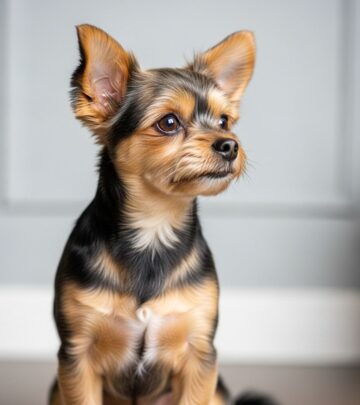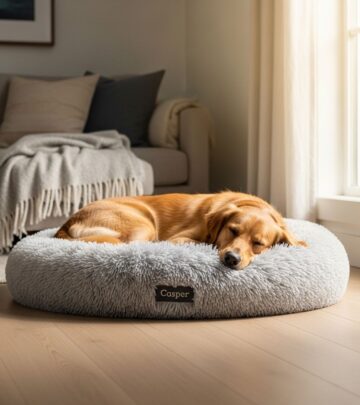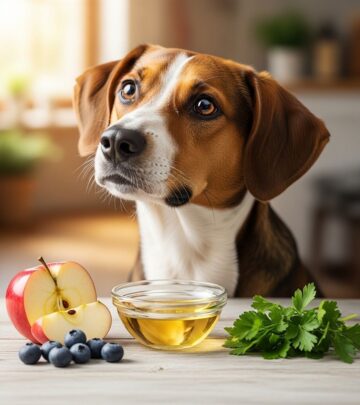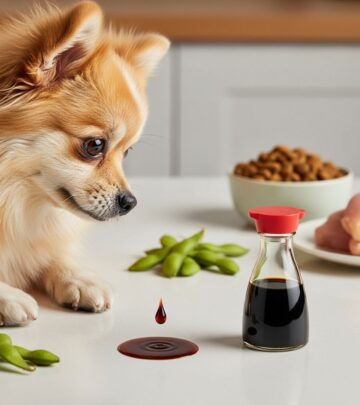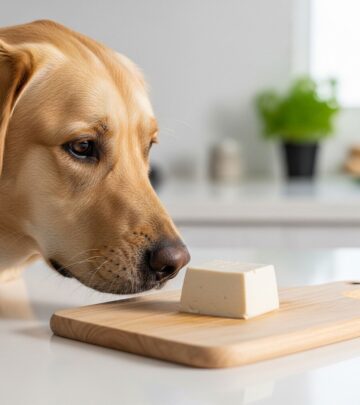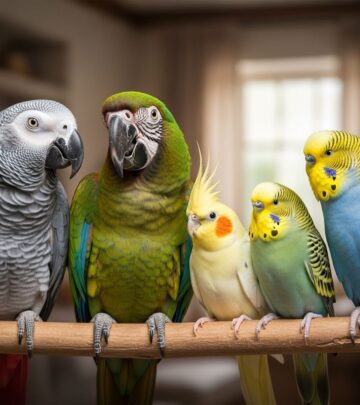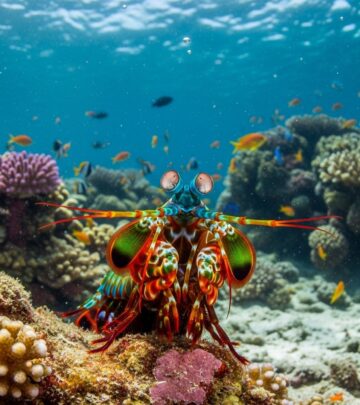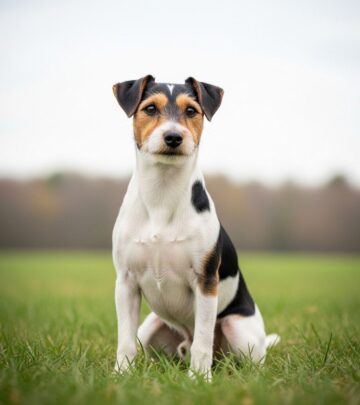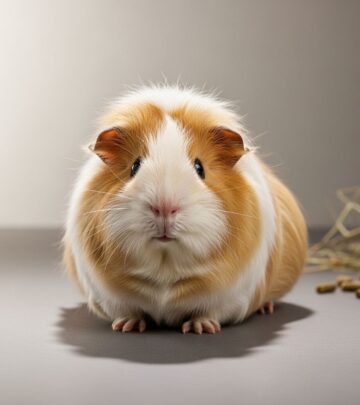Yorkshire Terrier vs. Silky Terrier: Key Differences, Similarities, and Choosing the Right Breed
Discover which petite pup’s personality and grooming needs align with your lifestyle.
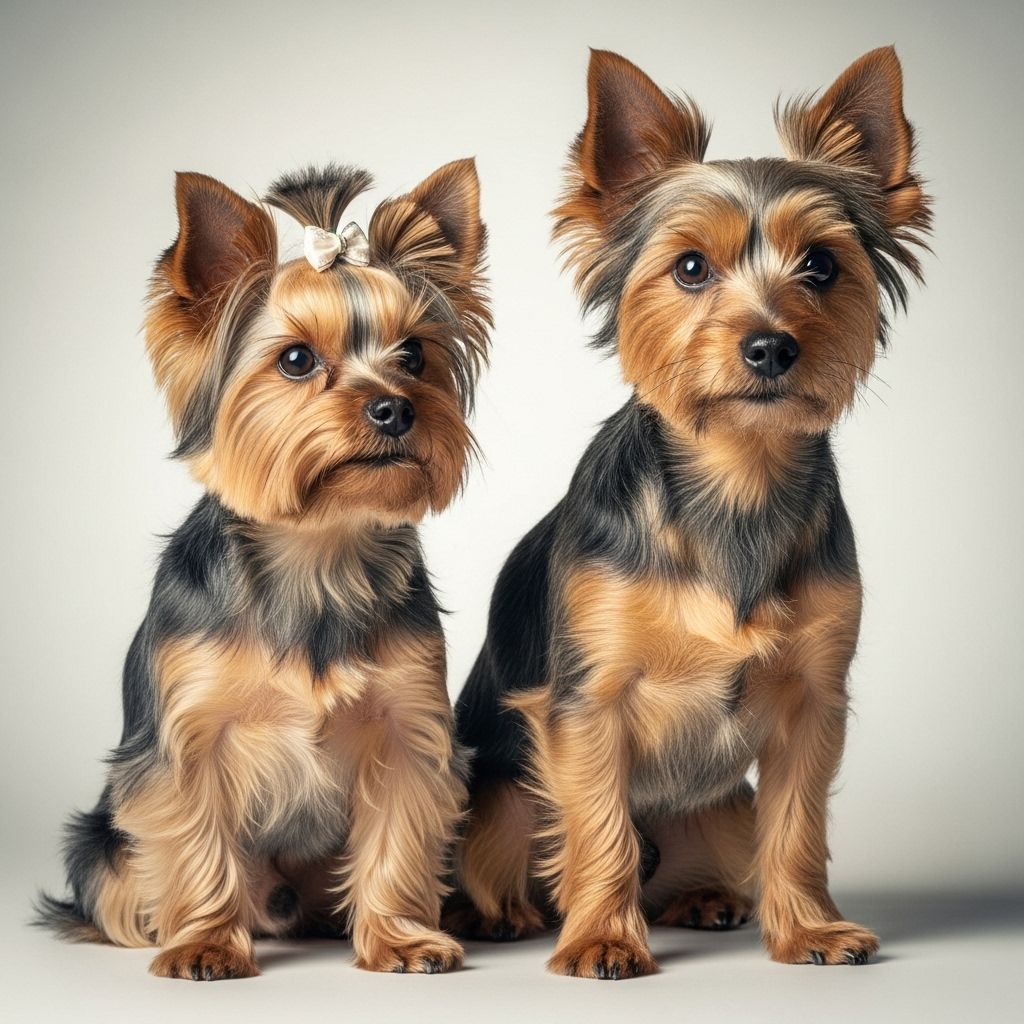
Image: HearthJunction Design Team
Yorkshire Terrier vs. Silky Terrier: How to Tell the Difference
Yorkshire Terriers and Silky Terriers are two charming and elegant toy breeds often confused for each other due to their similar size, shape, and beautiful coats. However, beneath their shared glamour and affectionate natures, these two terrier breeds have distinct histories, differences in build, coat, temperament, and requirements that make them suited to different kinds of families and lifestyles. Understanding these differences is essential for prospective pet owners considering one of these delightful dogs as their next companion.
Breed Origins and History
The Yorkshire Terrier originated in Northern England, particularly in the counties of Yorkshire and Lancashire, during the 19th century. Developed from a mix of terriers brought by Scottish weavers to England, Yorkies were originally used for hunting rats in textile mills and mines. Over time, their petite size, elegant coat, and alert nature saw them rise in popularity among English upper classes, rapidly transitioning from rodent catchers to prized lapdogs.
The Silky Terrier, also known as the Australian Silky Terrier, has its roots in Australia. Silkies were developed by crossing imported Yorkshire Terriers with native Australian Terriers and possibly other small breeds, aiming to combine the beauty of the Yorkie with the robustness and working ability of the Australian Terrier. This gave the Silky Terrier both its signature look and a hardier constitution for the Australian environment.
Physical Appearance
At first glance, both breeds feature long, silky coats and a blue-and-tan coloration. Yet, on closer inspection, several differences become apparent.
Size and Build
- Yorkshire Terrier: Typically weighs between 4–7 pounds (1.8–3.2 kg), making it one of the smallest dog breeds. Its frame is compact, delicate, and refined.
- Silky Terrier: Slightly larger, usually weighing 8–10 pounds (3.6–4.5 kg) and appearing more robust. The body is longer in proportion to height, and Silkies generally possess more bone and muscle mass than Yorkies.
Head Shape and Expression
- Yorkshire Terrier: Displays a moderately short, rounded skull with a short muzzle, giving a soft, baby-faced expression.
- Silky Terrier: Has a wedge-shaped head with a longer, more refined muzzle. The head slopes gently and appears fusiform, offering a keen, alert look. Both have erect, v-shaped ears, but Silky’s are often larger and more pointed.
Coat and Color
Both breeds feature a straight, fine, and silky-textured coat reminiscent of human hair. However, key differences exist:
- Yorkshire Terrier: The coat is typically trimmed to floor length in the show ring, creating a glamorous curtain of steel blue and deep golden tan. Yorkies have fewer accepted color combinations—namely, black and gold, black and tan, blue and gold, or blue and tan. As puppies, they are born mostly black and tan, maturing to their signature shade by 1–2 years of age.
- Silky Terrier: The coat is also silky, but generally shorter and less voluminous, particularly on the body, and does not reach the floor. Color is more varied, with combinations including black, blue, silver, cream, fawn, gray, and various permutations of tan. The blue on Silky Terriers often has a silvery or platinum sheen, while the tan can be creamier than the Yorkie’s.
| Breed | Average Weight | Head Shape | Coat Length | Accepted Colors |
|---|---|---|---|---|
| Yorkshire Terrier | 4–7 lbs | Rounded | Very long, floor-length (in shows) | Blue & Tan, Black & Tan, Blue & Gold, Black & Gold |
| Silky Terrier | 8–10 lbs | Wedge-shaped | Shorter, doesn’t reach floor | Blue & Tan, Blue Silver & Tan, Black & Tan, Fawn, Cream, Silver, etc. |
Show Ring Presentation
- Yorkshire Terrier: Typically styled with a bow in a topknot; coat is parted in the middle and drapes smoothly down to the ground.
- Silky Terrier: Wears a profuse, slightly shorter head of hair, often parted down the middle but less likely to be tied up as in the Yorkie.
Personality and Temperament
Though both breeds share an alert, intelligent, and affectionate disposition, subtle distinctions in temperament can impact their suitability for different households.
- Yorkshire Terrier: Known for their charismatic, feisty personalities. Yorkies are bold, assertive, and have a big-dog attitude in a small frame. Devoted and affectionate with their families, they can be protective and vocal, sometimes wary of strangers. Their strong-willed nature may make training challenging, but their enthusiasm and loyalty make them excellent companions.
- Silky Terrier: Combine the elegance of the Yorkie with the spirited, playful nature of the Australian Terrier. Silkies are lively, inquisitive, and slightly more relaxed than Yorkies, though still alert and capable watchdogs. They retain terrier tenacity, are quick to chase small prey, and thrive with mental and physical stimulation. Silkies are friendly and affectionate but may be less stubborn than the Yorkie when it comes to learning new commands.
Exercise and Living Requirements
- Yorkshire Terrier: Adaptable to smaller living spaces such as apartments, provided they receive sufficient daily activity. Due to their delicate stature, rough play and jumping from heights should be avoided. Yorkies enjoy interactive games and short walks, but can tire quickly.
- Silky Terrier: Slightly more energetic, Silkies appreciate ample space to explore and a consistent routine of play, walks, and mental engagement. Their sturdier build allows them to be more active and robust, enjoying games and agility activities.
Grooming and Maintenance
Yorkshire Terrier Grooming
- Daily or near-daily brushing required to prevent matting and tangles in their ultra-fine, floor-length coats.
- Regular baths, coat trimming, and professional grooming sessions recommended.
- Frequent cleaning of ears, teeth brushing, and nail clipping needed to maintain overall health.
Silky Terrier Grooming
- Also needs regular brushing, though the coat is usually a little shorter and less voluminous than the Yorkie.
- Routine bathing and trimming are essential to keep the coat shiny and manageable.
- Like all terriers, routine dental care and nail maintenance are important.
Trainability and Socialization
- Yorkshire Terrier: Their intelligence and desire to please can be balanced by a streak of stubbornness. Gentle, positive reinforcement, early socialization, and patience yield the best results.
- Silky Terrier: Quick to learn and eager to solve problems. Training is usually straightforward, though their independence requires consistency and engagement to maintain focus.
Health and Lifespan
Both breeds are generally healthy with attentive care, but as with all purebred dogs, some hereditary conditions should be noted.
Common Health Concerns
- Yorkshire Terrier: Prone to dental issues, patellar luxation, tracheal collapse, hypoglycemia in puppies, and certain eye problems.
- Silky Terrier: May experience similar risks as the Yorkie (patellar luxation, tracheal collapse) but are generally robust due to their Australian Terrier heritage. Also need monitoring for certain skin and dental issues.
The average lifespan for both breeds is around 12–16 years, with proper diet, exercise, grooming, preventive veterinary care, and a loving home playing crucial roles in maximizing quality and length of life.
Which Breed Is Right for You?
Choosing between a Yorkshire Terrier and a Silky Terrier depends on your lifestyle, preferences, and expectations from your canine companion.
- Best Fit for Families: Both breeds can do well with children, but due to their small size, are better suited for homes with older or gentle kids who understand proper handling of tiny pets.
- Activity Level: Silkies are slightly more energetic and robust, suited for active owners interested in outdoor play and games. Yorkies are content with shorter walks and indoor activities.
- Grooming Commitment: If coat care and grooming are enjoyable to you, the Yorkie’s glamorous mane may delight. For slightly less grooming yet equal charm, Silkies provide a great option.
- Allergy Considerations: Both breeds are considered relatively low-shedding. Their fine coats resemble human hair, making them a better choice for allergy sufferers compared to many other breeds—but no dog is 100% hypoallergenic.
Yorkshire Terrier vs. Silky Terrier: Quick Reference Table
| Trait | Yorkshire Terrier | Silky Terrier |
|---|---|---|
| Origin | England (Yorkshire) | Australia (cross of Yorkie and Australian Terrier) |
| Weight | 4–7 lbs | 8–10 lbs |
| Height | 7–8 inches | 9–10 inches |
| Coat | Long, fine, requires extensive grooming | Silky, shorter, slightly sturdier hair |
| Colors | 4 main color combos (blue/tan, black/tan, gold variants) | Broader color range (blue, silver, black, fawn, cream) |
| Temperament | Bold, feisty, loyal, occasionally stubborn | Playful, alert, friendly, slightly less stubborn |
| Lifespan | 12–16 years | 12–16 years |
| Health Concerns | Dental, patellar luxation, tracheal collapse | Patellar luxation, tracheal collapse, skin conditions |
Frequently Asked Questions (FAQs)
Q: Can Yorkshire Terriers and Silky Terriers live together peacefully?
A: Yes. Both breeds are generally sociable with other small dogs, including each other, provided they are properly introduced and socialized from an early age.
Q: Are either breed hypoallergenic?
A: While no breed is truly hypoallergenic, both Yorkies and Silkies have hair rather than fur and shed very little. They can be a better choice for some allergy sufferers, though individual reactions may vary.
Q: Do these breeds bark a lot?
A: Both breeds are known for being alert watchdogs and can be vocal, especially if not given mental engagement or if left alone for extended periods.
Q: Which breed is easier to train?
A: Silky Terriers are generally slightly easier to train due to less stubborn streak, but both breeds respond well to positive reinforcement and consistency.
Q: Do these breeds get along with children?
A: Both breeds are best with older, respectful children due to their small size; young children should be supervised to prevent accidental injury.
Conclusion
Both the Yorkshire Terrier and Silky Terrier are delightful toy breeds with glamorous looks and animated personalities. Though similar in many respects, their differences in size, temperament, coat care, and activity level may make one a better fit for your family or lifestyle than the other. Whether you are drawn to the Yorkie’s elegantly long coat and spirited sass, or the Silky’s robustness and cheerful energy, either breed will reward you with years of companionship, affection, and joy.
References
- https://waggstoriches.com/silky-terrier-vs-yorkshire-terrier/
- https://www.yorkieinfocenter.com/yorkshire-terrier-vs-silky-terrier
- https://www.akc.org/expert-advice/dog-breeds/yorkshire-terrier-vs-silky-terrier/
- https://www.trustedhousesitters.com/blog/pets/silky-terrier-vs-yorkie-terrier/
- https://www.youtube.com/watch?v=eT_dR1Aougg
Read full bio of Srija Burman

